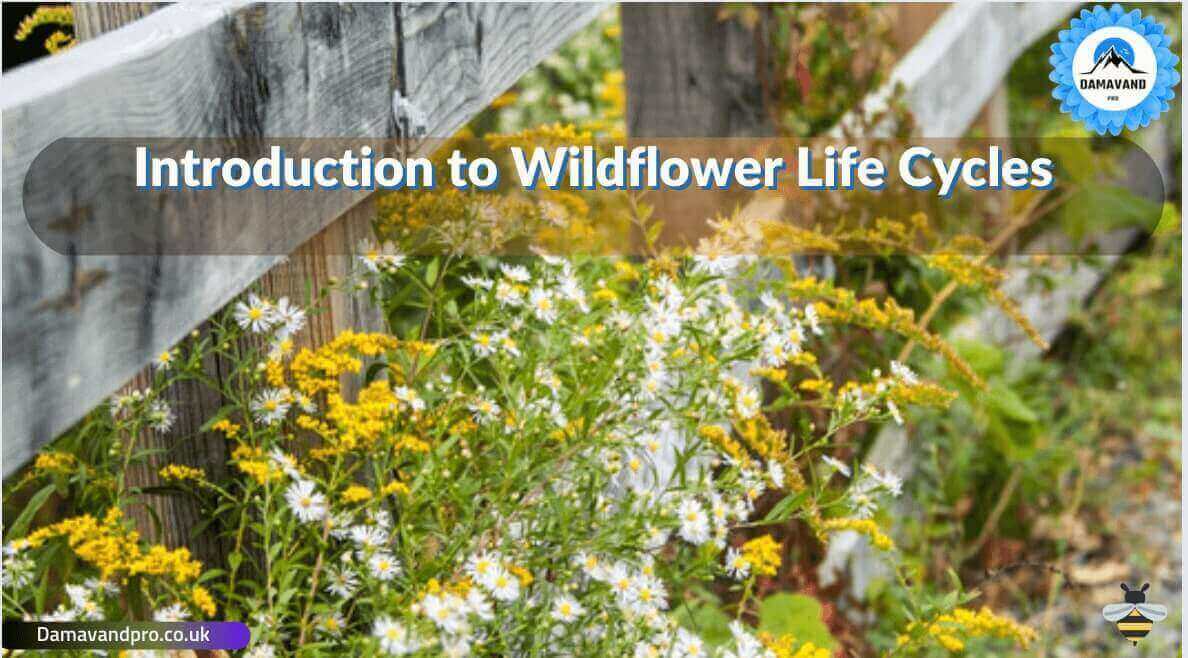+447709283333 | info@damavandpro.com

Introduction to Wildflower Life Cycles
Wildflower life cycles are the processes by which wildflowers are born, grow, reproduce, and die. Wildflowers are the colorful and unique flowers that grow in the wild, typically away from human influence. These flowers bring beauty and color to our natural world and are essential to a healthy ecosystem.
Understanding the life cycle of a wildflower can help us appreciate these plants and their importance in the natural world. The life cycle of a wildflower begins with a seed. Wildflower seeds can be dispersed by wind, animals, or water. The seed will eventually find a suitable environment for growth, typically in soil with adequate moisture and sunlight.
Once the seed is in a suitable environment, it will begin to germinate and a seedling will develop. The seedling will then grow into a mature plant, producing flowers. Once the flowers are mature, they will attract pollinators, such as bees and butterflies. Pollinators will transfer pollen from one flower to the next, allowing the wildflower to reproduce.
The result of this process is the production of new seeds, which will disperse and start the cycle over again. The wildflower will continue to produce flowers and seeds until it has used up the available resources in its environment. Once the resources are depleted, the plant will die and decompose, releasing nutrients back into the soil for other plants to use.
Understanding the life cycle of a wildflower helps us appreciate these plants and their importance in the natural world. Wildflowers are essential to a healthy ecosystem and provide food and habitat for a variety of other organisms. By understanding how wildflowers grow and reproduce, we can help protect and preserve these unique plants for future generations.
Example of Introduction to Wildflower Life Cycles
Concrete examples:
1. A monarch butterfly pollinates a daisy, transferring pollen from one flower to the next, allowing the wildflower to reproduce and create new seeds.
2. A wild rose seed is dispersed by the wind and eventually finds a suitable environment for growth in a sunny meadow.
3. A sunflower uses up the available resources in its environment and dies, releasing nutrients back into the soil for other plants to use.
4. A bee visits a wildflower and collects nectar, providing food for the bee and helping the wildflower to reproduce.
Test your knowledge about Introduction to Wildflower Life Cycles
What is the first step in the life cycle of a wildflower?
A. Attracting pollinators.
B. Producing flowers.
C. Germinating the seed.
D. Dispersing the seed.

Let’s explore the article in short part:
Germination: Seeds sprout, some quickly, others over weeks or months.
Vegetative Growth: Leaves and stems develop.
Flowering: Colorful blooms attract pollinators.
Seed Production: After flowers fade, seeds form.
Wildflowers are magical and essential for biodiversity!